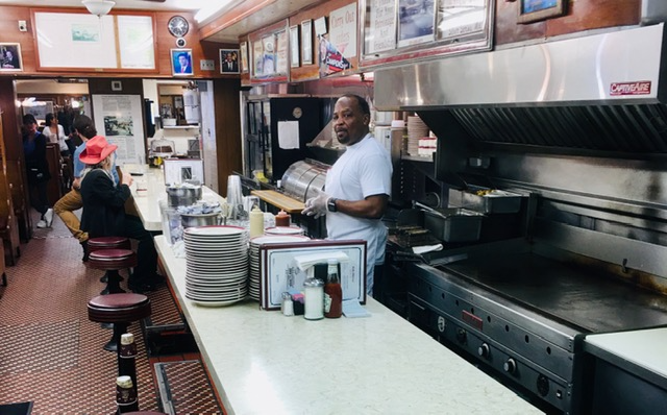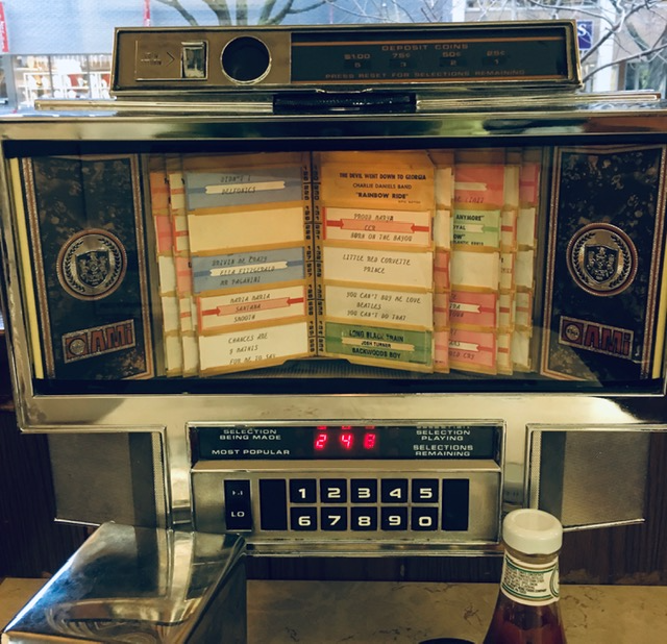Since the era of deregulation, the credit union system has navigated multiple national and local crises. These include the October 1987 stock market shock, the meltdown of the S&L system, the bankruptcy and government rescue of the FDIC and FSLIC, the Y2K uncertainty, the 9/11 terrorist attack, and the Great Recession of 2008/09.
Now the coronavirus threatens national physical and economic security.
There are three vital responses that characterize credit union capabilities in a crisis.
1. Liquidity
The number one priority for both credit unions and their members. As economic uncertainty mounts, markets begin to tighten, there is no longer rational pricing, and everyone starts to hoard cash. Consumer spending slows, job losses mount and business revenue becomes less certain.
The most important action credit unions take is to keep credit flowing. Actions include supporting members’ credit requests, financing purchases such as cars and housing, and marketing lower interest rates to help members refinance higher rate loans.
2. Act Counter-Cyclically
Credit unions are designed for crises. Cooperatives’ unique structure enables them to act counter cyclically and therefore stand against the market pressures to put institutional financial priority ahead of member interests. Credit unions are the solution to many of the individual and community economic strains a crisis brings. By keeping the loan windows open and liquidity available at normal rates, market failures can be ameliorated and the time to recovery shortened.
3. National Legislation
The national legislation that accompanies a crisis should be an opportunity to enhance the cooperative model, not queue up at the federal trough seeking taxpayer funds for an industry built on the concept of self-help.
Significant legislation to upgrade the cooperative system historically occurs once each decade. Given the rivalry with banking groups and conflicting treasury priorities, it is difficult to predict when and how any opportunity will occur.
Rather than being caught up in the bailout legislative frenzy, this is the time to upgrade the cooperative system. Necessary bold changes could include:
-
- The redesign of the CLF to bring governance by the member owners and to enhance purpose by enabling cooperative access to the secondary market via the CLF.
- Explicit recognition of member-owner rights in cooperative governance.
- Enhanced accountability and transparency by NCUA for use of member funds and the agency’s responsibility in advancing cooperative solutions.
Not Letting a Crisis Go to Waste
The urgency of a crisis can cause responsible parties to focus only on the immediate challenges and not broader opportunities. Restoring the status quo can dominate the immediate agenda.
Credit unions were created to transform market options for members. During the Depression they were a national policy response resulting in the passage of the FCU Act.
Credit unions can respond to crisis in ways firms worried about share prices and market reactions cannot. Their member ownership structure ensures credibility by placing members’ interest first. The cooperative financial structure permits patience to persevere through the cycles of value that accompany every crisis.
Leaders Who Believe in the Power of Self-Help
These features mean that credit unions, in crisis, can demonstrate practically and forcefully why America needs cooperative solutions more than ever.
The key to realizing these crisis advantages is leadership. Can the persons responsible avoid getting caught in the panics that ensue? Will leaders listen and collaborate with credit unions on the front lines already responding with creativity and resilience? Will they promote the cooperative solutions or revert to practiced roles promoting personal or political advantage?
The cooperative message is that we are not prisoners of fate in a crisis. Credit unions demonstrate the many ways to overcome the doubts of today for a better tomorrow.












